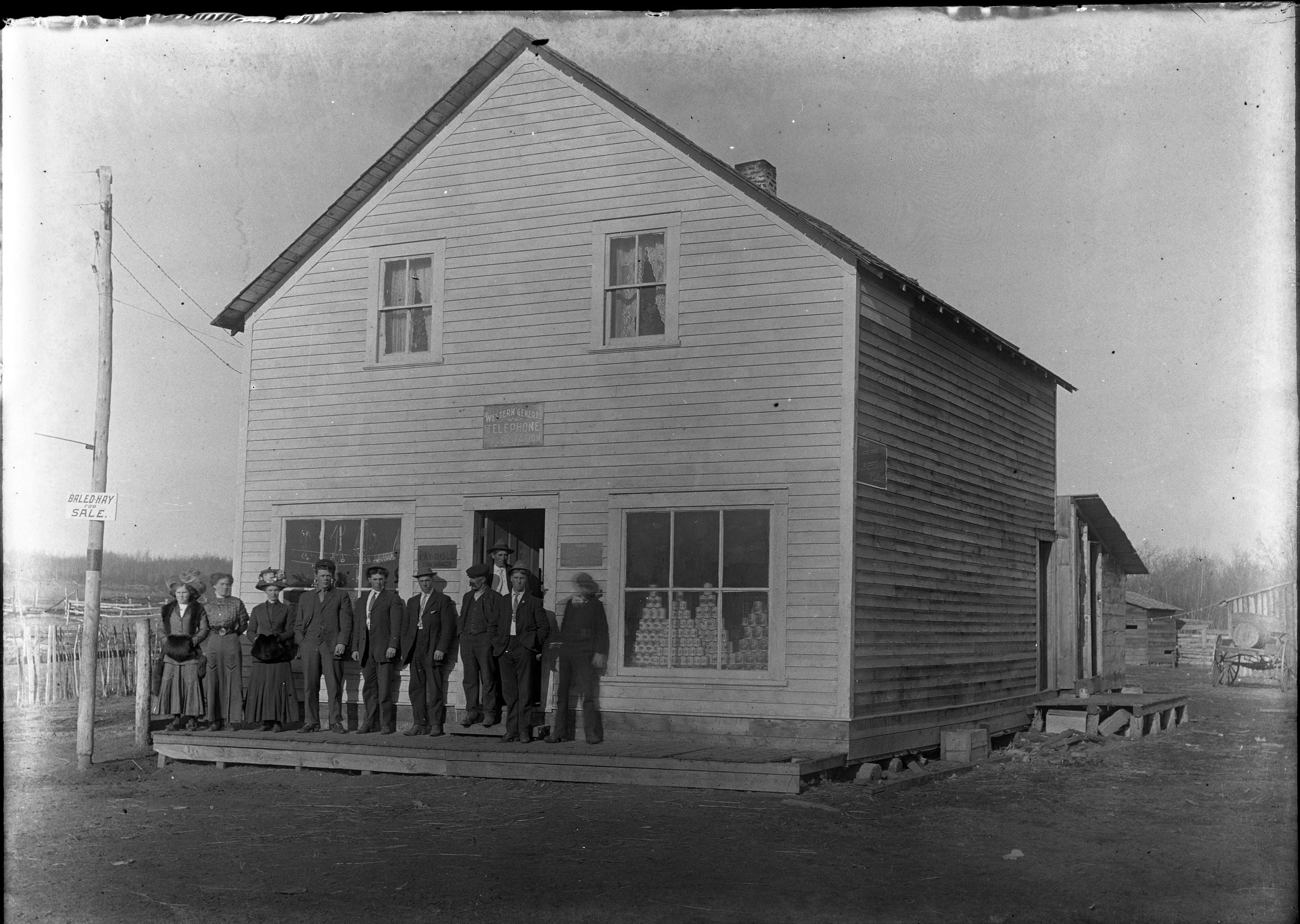One of the events of the early Yuletide/Christmas season is the traditional Feast Day of St. Lucy (Sankta Lucia) on Dec. 13th.
It is generally celebrated in Scandinavian countries, particularly Sweden, as well as in Swedish communities across North America. One of the enduring symbols of the celebration is a young woman, with a wreath or crown of candles on her head, as she carries gifts of food and drink.
Hence, the Sankta Lucia celebrations have become one of the festivals of light that are popular during the long cold winter nights of the Christmas/winter solstice season.
Perhaps because of the ease of assimilation of Swedes into general North American cultures, some of the substantial Swedish settlements in places like Central Alberta are often overlooked.
One significant early Swedish settlement in Central Alberta was west of Red Deer at Burnt Lake.
In the late-1880s and early 1890s, large numbers of Swedes settled in the area, attracted by the good soil and many groves of trees. By the early 1890s, the federal Department of the Interior (Immigration) began to refer to the district as Swea Colony.
Because much of the land was low and wet, it was difficult to grow much grain. Hence, the Swedish settlers in the area cut hay and raised livestock, particularly sheep and dairy cattle.
Shortly after the turn of the last century, a skimming station for the collection of cream was set up in the district. The cream was then sent to the Red Deer Creamery where it was sold for a welcome cash income.
In 1903, the Red Deer Land Company established the townsite of Stockholm on the Burnt Lake Trail between Red Deer and Sylvan Lake. A store and post office opened in the new hamlet. This business eventually housed the district’s first telephone exchange for the Western General Telephone Company.
As the hamlet continued to grow, a number of houses were constructed.
A new schoolhouse, a stopping house (small hotel), blacksmith shop and cheese factory were also built. Soon, an annual agricultural fair was started in the community.
The Swedish settlers were generally religious. Many were Lutheran and a little Lutheran Church was built. However, the congregation had a lot of difficulty in attracting a regular minister.
In 1899, a Swedish Baptist congregation was formed. Unlike the Lutherans, they were able to attract a resident minister. In 1904, a small Swedish Baptist church was constructed in Stockholm. Meanwhile, a congregation of Mission Friends, also known as the Swedish Mission Covenant Church, was established. In 1906-1907, that congregation also built a church in Stockholm.
Stockholm suffered a severe setback in 1911-1912 when the Alberta Central Railway (later part of the C.P.R.) decided to build its rail line to the north, bypassing the hamlet. The Grimson family moved their store to the Village of Sylvan Lake. T.B. Millar closed his cheese factory.
While Stockholm faltered, the surrounding rural district continued to prosper.
However, with so many new settlers continuing to come to the area, people began to venture farther west to find available land for homesteads.
Many settled in the area between the Medicine and Raven Rivers. One of the districts became known as Nya Bachen, a Swedish phrase meaning new land or hillside. However, when a post office was established in the district in 1908, the postal authorities decided to name it New Hill instead of Nya Bachen.
Over time, the Swedish farmers and business people spread across Central Alberta. One person who particularly prospered was Emanuel Pettersson. He adopted the surname Cronquist because the Post Office kept mixing up the mail for the Pettersson families.
In 1912, Emanuel Pettersson Cronquist built a huge brick residence in West Park. The house provided a wonderful new home for Mr. Cronquist and his family. It also provided a visible reminder to the community of how well the Cronquists and other Swedish families had prospered in their new Central Alberta homes.
The Cronquist house now stands in the Bower Ponds Park in North Red Deer.



